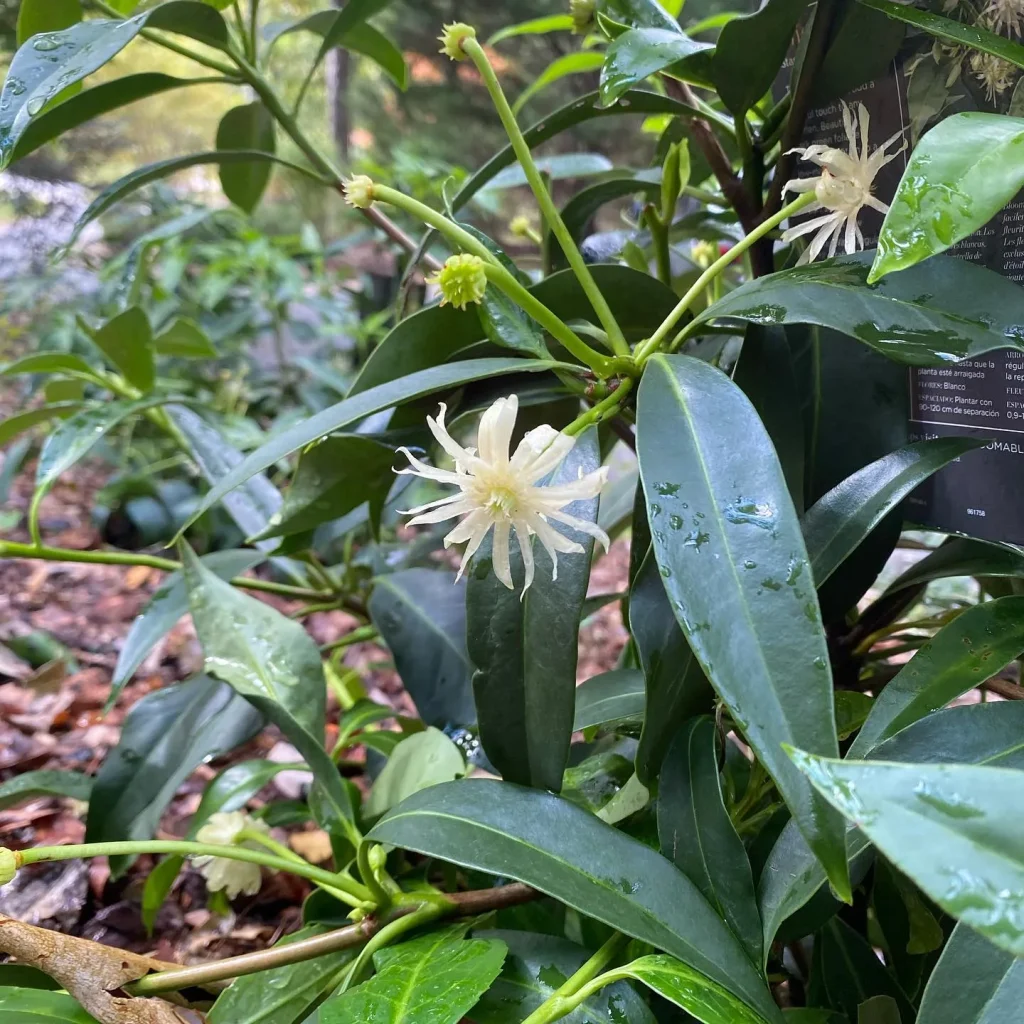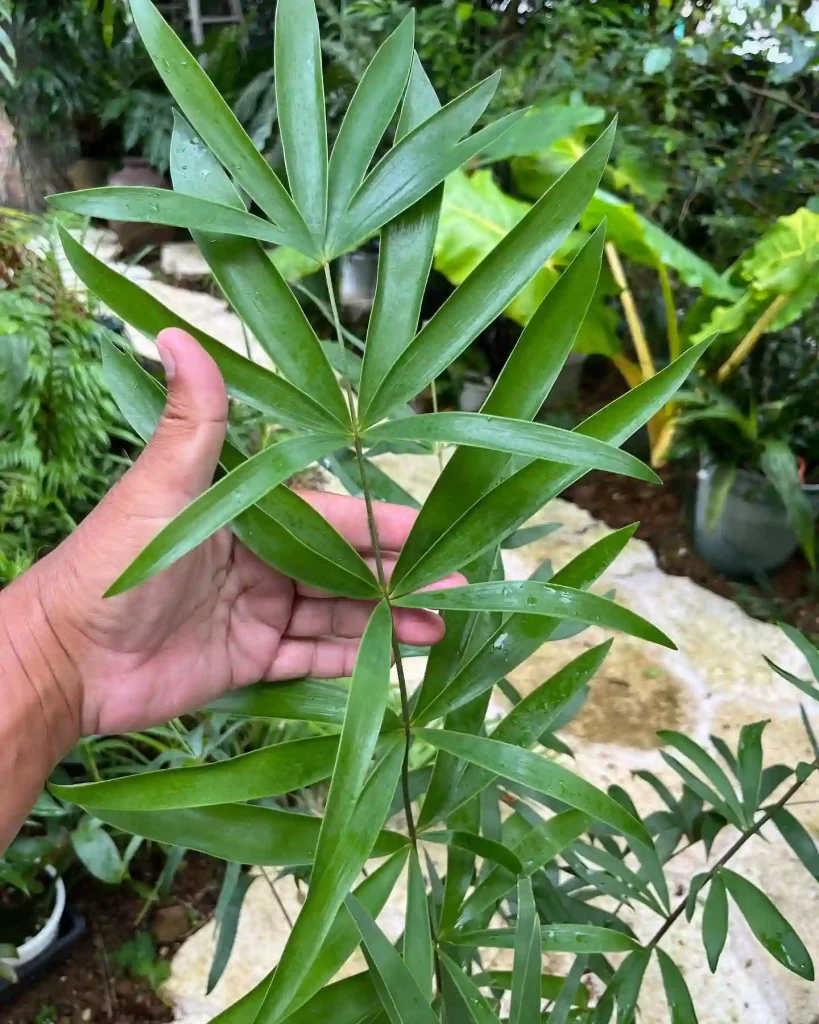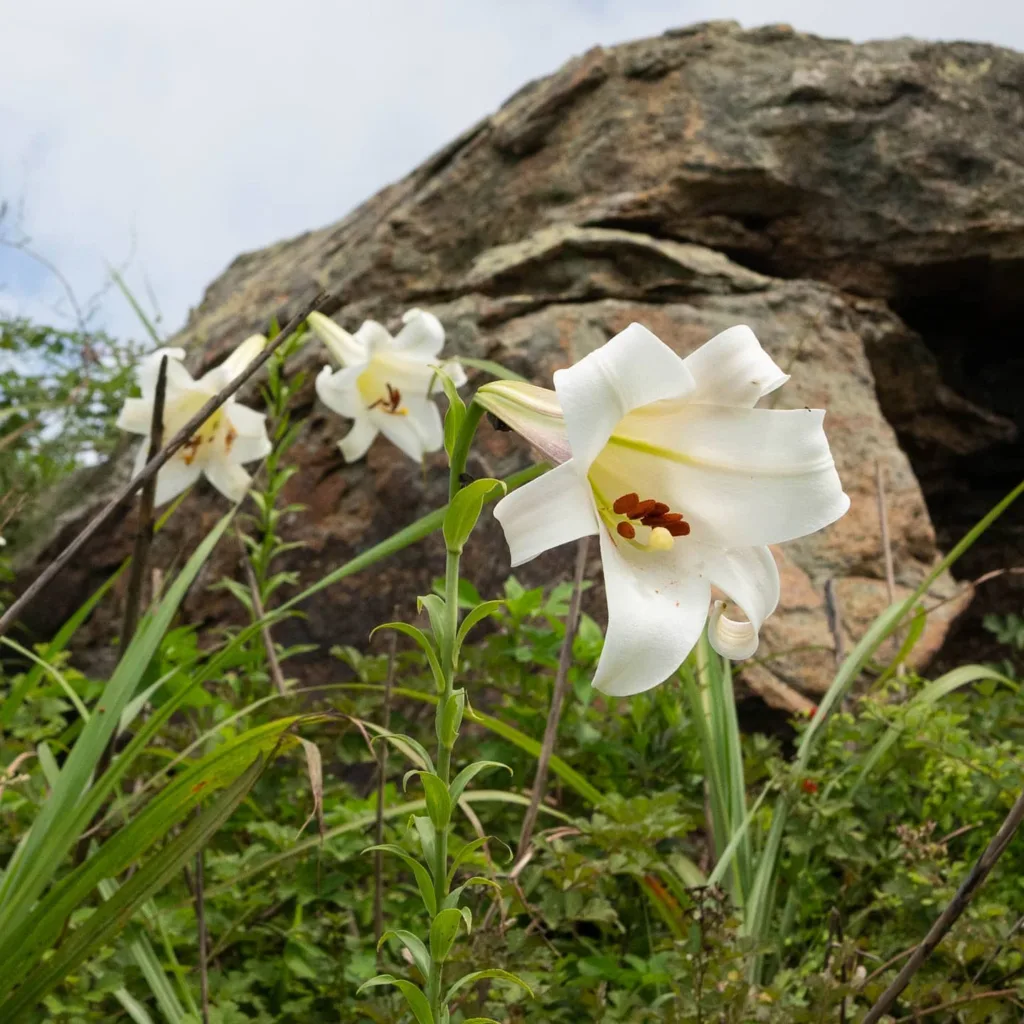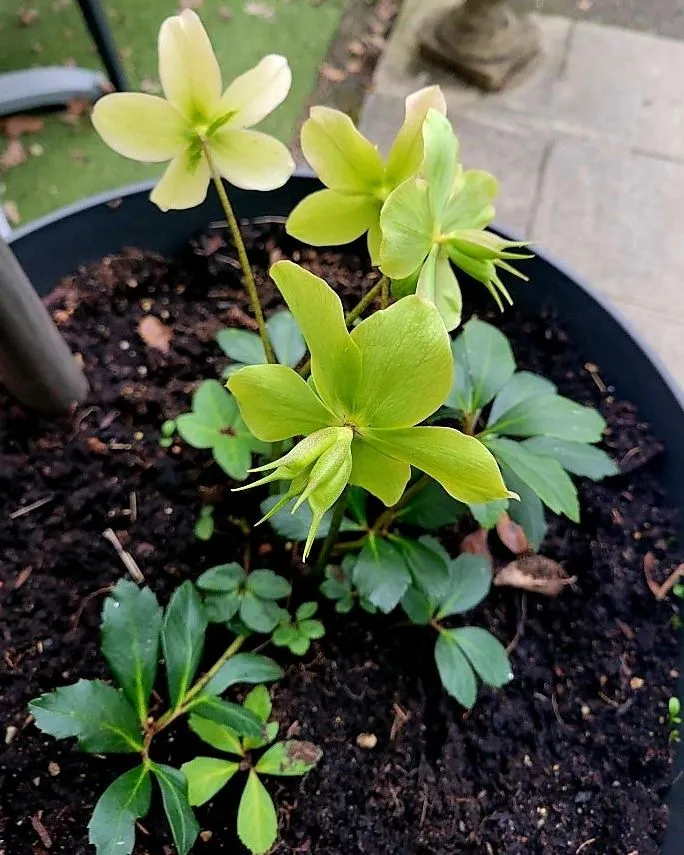
The Alluring Appeal of Betula Nigra: A Plant Enthusiast’s Guide
As a lover of all things green and growing, I’ve recently been captivated by the Betula nigra, also known as the river birch. This stunning tree boasts a unique, peeling bark and graceful form, making it a real showstopper in any landscape. But before I went diving headfirst into planting one in my own yard, I knew I had to delve deeper and understand its needs. So, buckle up, fellow plant enthusiasts, as we explore the fascinating world of Betula nigra!
87 Species in Genus Betula – Birch Tree
What Country Does Betula Nigra Come From?
This beauty originates right here in North America! Specifically, the Betula nigra is native to the Eastern United States, stretching from New Hampshire all the way down to Florida and west to Texas. They thrive in moist environments, often found along riverbanks and floodplains.
Can Betula Nigra Be Grown in Western Washington State?
Absolutely! The Betula nigra flourishes in a variety of climates, including the cooler, wetter regions of Western Washington State. In fact, they can even tolerate some periods of drought once established. Just be sure to choose a location with well-drained soil, as they don’t appreciate constantly soggy roots.
When Does Betula Nigra Release Sap?
Similar to other birches, the Betula nigra releases its sap in early spring, just as the winter slumber breaks and new growth begins. This sap flow typically peaks in March and April, and it’s during this time that the tree becomes vulnerable to tapping, if that’s something you’re interested in (be sure to research sustainable tapping practices first!).
What is the Species in Betula Nigra Leaf?
The Betula nigra showcases beautiful, simple leaves with a diamond-shaped form. They boast a rich green color throughout the summer months, turning a vibrant yellow in the fall before dropping gracefully.
When a Twig of Betula Nigra is Broken?
One of the most distinctive characteristics of the Betula nigra is its bark. Unlike the smooth, papery bark of some birch varieties, the river birch boasts a stunning display of peeling bark. This exposes an inner layer that can range in color from a warm cinnamon brown to a captivating salmon pink. When a twig is broken, you’ll get a glimpse of this vibrant inner bark.
How Good is Betula Nigra for Firewood?
While the Betula nigra is a beautiful ornamental tree, it’s not necessarily the best choice for firewood. The wood burns relatively quickly and doesn’t produce a high amount of heat. There are better options out there for those seeking a long-lasting, hot-burning firewood.
Can You Plant Betula Nigra Tree in a Planter?
The Betula nigra is a fast-growing tree that can reach upwards of 70 feet in height. Due to its size and extensive root system, it’s not ideally suited for life in a planter. The confined space just won’t be enough to accommodate its growth needs. However, if you’re absolutely set on having a river birch, there are dwarf varieties available that might be more manageable in a large container. Just be prepared to repot regularly as it grows.
How to Care for Betula Nigra?
Taking care of your Betula nigra is relatively straightforward. Here are some key things to remember:
- Sunlight: Plant your river birch in a location that receives full sun to part shade.
- Soil: Ensure well-drained, moist soil. They can tolerate some drought once established but prefer consistent moisture.
- Watering: Water regularly, especially during the first few years after planting. As the tree matures, watering needs will decrease.
- Pruning: Prune for shape and to remove any dead or diseased branches in late winter or early spring before new growth begins.
How Fast Do River Birch Trees Grow?
In my experience, River Birch trees are quite fast growers. They can add 2 to 3 feet of height per year under optimal conditions. This rapid growth makes them a popular choice for creating a quick, dense screen or for adding a splash of green to your garden.
How Long Do River Birch Trees Live?
River Birch trees generally have a lifespan of about 30 to 50 years. They can live longer if they are well-cared for and planted in the right conditions. While not the longest-lived tree, their beauty and shade make them a valuable addition to many landscapes.
When to Prune River Birch?
I recommend pruning River Birch trees in late winter or early spring before new growth starts. This timing helps minimize the sap loss that is common with these trees. Pruning during dormancy ensures the tree remains healthy and encourages strong new growth.
How Big Do River Birch Trees Get?
River Birch trees can reach a height of 40 to 70 feet and spread about 40 to 50 feet wide. Their size makes them ideal for providing substantial shade or as a focal point in larger landscapes.
Is River Birch Good Firewood?
River Birch is not typically considered the best firewood. While it does burn fairly well, it tends to produce more ash and is less efficient compared to hardwoods like oak or hickory. Its primary use is more for ornamental purposes rather than firewood.
Can You Cut One Trunk of a River Birch?
Yes, you can cut one trunk of a River Birch tree. However, keep in mind that River Birch trees naturally have multiple trunks, and cutting one may affect the overall appearance and health of the tree. It’s best to consult with a professional if you’re unsure.
How to Prune a River Birch Tree?
To prune a River Birch tree, start by removing any dead, diseased, or crossing branches. Focus on maintaining an open canopy to improve air circulation and light penetration. Always use sharp, clean tools to make clean cuts, which helps prevent disease.
How Far Apart to Plant River Birch Trees?
When planting River Birch trees, I usually recommend spacing them about 20 to 30 feet apart. This spacing allows each tree to develop its full canopy without overcrowding. Proper spacing also reduces competition for nutrients and light.
Are River Birch Roots Invasive?
River Birch roots can be somewhat invasive. They tend to spread widely and may interfere with underground utilities or damage nearby structures if planted too close. It’s wise to plant them away from foundations, sidewalks, and septic systems.
Do Deer Eat River Birch Trees?
In my experience, River Birch trees are not a favorite among deer. While deer might nibble on young shoots or leaves, mature River Birches are generally not heavily browsed by these animals. However, this can vary based on local deer populations and available food sources.
Is a River Birch a Good Tree?
Absolutely, River Birch is a great tree for many landscapes. Its attractive bark, rapid growth, and adaptability to various soil types make it a versatile choice. It’s particularly well-suited for wet areas or low-lying parts of a garden.
Is River Birch a Hardwood?
River Birch is considered a soft hardwood. While it is denser than some softwoods, it is not as hard as true hardwoods like oak or maple. Its wood is useful for various applications, but it’s not typically used for high-stress purposes.
Are River Birch Trees Evergreen?
No, River Birch trees are not evergreen. They are deciduous, meaning they shed their leaves in the fall. In the spring and summer, they provide lush green foliage and attractive bark, but you’ll need to be prepared for leaf drop in autumn.
Can River Birch Grow in Standing Water?
River Birch trees are quite tolerant of wet conditions and can grow in areas with standing water. They thrive in swampy or boggy areas, making them a great choice for wetland gardens or areas prone to flooding.
River Birch vs. Paper Birch
Comparing River Birch to Paper Birch, the main difference lies in their appearance and habitat preferences. Paper Birch has a white, peeling bark and prefers drier soils, whereas River Birch has a distinctive, peeling, reddish-brown bark and thrives in wetter conditions.
River Birch vs. White Birch
River Birch and White Birch differ significantly. White Birch is known for its striking white bark and is often used for ornamental purposes. River Birch, on the other hand, has a more rugged bark and is better suited for wet areas.
River Birch vs. Heritage Birch
Heritage Birch is a cultivar of River Birch, known for its improved disease resistance and uniform growth. While River Birch offers natural beauty and adaptability, Heritage Birch provides enhanced features and a more refined appearance.
River Birch vs. Silver Birch
Silver Birch, known for its silver-white bark and delicate foliage, contrasts with the River Birch’s rugged, reddish-brown bark. Silver Birch prefers well-drained soil, while River Birch can handle more moisture.
River Birch vs. Whitespire Birch
Whitespire Birch is another cultivar of the River Birch, characterized by its white bark and smaller size. It offers a cleaner, more uniform appearance compared to the traditional River Birch, making it a great choice for decorative purposes.
River Birch vs. Aspen
Aspen trees and River Birches differ in several ways. Aspen trees are known for their bright white bark and trembling leaves, while River Birches have peeling bark and are more tolerant of wet soils. Aspens typically grow in clusters, whereas River Birches grow as individual trees.
River Birch vs. Bald Cypress
Bald Cypress and River Birch have distinct differences. Bald Cypress has a unique, knobby bark and is known for its “knees” that protrude from the soil. River Birch, with its peeling bark and tolerance for wet conditions, is better suited for areas prone to flooding, while Bald Cypress thrives in standing water.
What is the Best Soil for River Birch?
River Birch prefers moist, well-drained soil but can tolerate various soil types, including clay and sandy soils. Adding organic matter can enhance soil quality and support healthy growth.
How to Propagate River Birch?
River Birch can be propagated through seeds or cuttings. Softwood cuttings taken in late spring or early summer root well. Seeds should be sown in a nursery bed and kept moist until germination.
What to Plant With Betula Nigra?
The Betula nigra pairs beautifully with a variety of plants. Here are a few ideas:
- Spring-blooming perennials: Add a pop of color in early spring with daffodils, tulips, or columbine.
- Shade-loving plants: Hostas, ferns, and coral bells will thrive in the dappled shade provided by the mature tree.
- Shrubs: Viburnums, hydrangeas, and azaleas can add a nice layer of texture and color to your landscape.
By following these simple tips, you can ensure your Betula nigra thrives for years to come, adding a touch of elegance and natural beauty to your garden.
If i die, water my plants!



